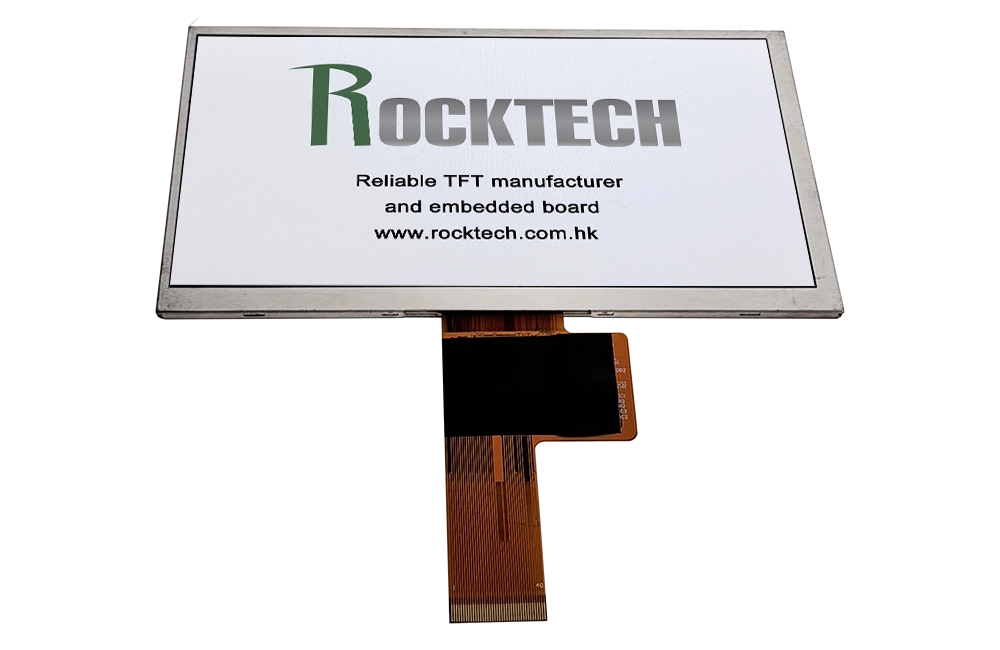Customizing the Flexible Printed Circuit (FPC) of an LCD module is essential when your product has mechanical constraints or a unique mainboard pinout. Whether you're designing an embedded controller, medical panel, or rugged industrial display, understanding how to optimize the FPC design can help you achieve both electrical and mechanical compatibility.

Many products require a non-standard FPC shape due to limited internal space or enclosure structure. Customization may involve:
Your SBC (Single Board Computer) or driver board may use a specific connector type with unique pin definitions. You may need to:
In some products, both the TFT display and Capacitive Touch Panel (CTP) have their own FPCs. Designers often need to route both cables through the same connector area, requiring compact design, EMI shielding, and alignment of pin assignments.
For projects requiring compliance with strict EMI/EMC standards (e.g. medical, automotive, or military), it's often necessary to add shielding layers or conductive films to the FPC to minimize signal interference.
If the product structure causes stress on certain parts of the FPC — such as near bends, screw mounts, or corners — mechanical reinforcement layers (stiffeners) can be added to protect sensitive traces and prevent long-term fatigue or cracking.
In applications requiring advanced touch performance or noise immunity, designers may also specify high-performance touch controller ICs from vendors such as Microchip, STMicroelectronics, Atmel, or Ilitek. These ICs offer better gesture recognition, waterproof touch, glove support, and high signal-to-noise ratios for challenging environments.
At Rocktech, we help customers design custom LCD FPC layouts that fit their exact requirements — from length and shape to electrical compatibility and connector matching.